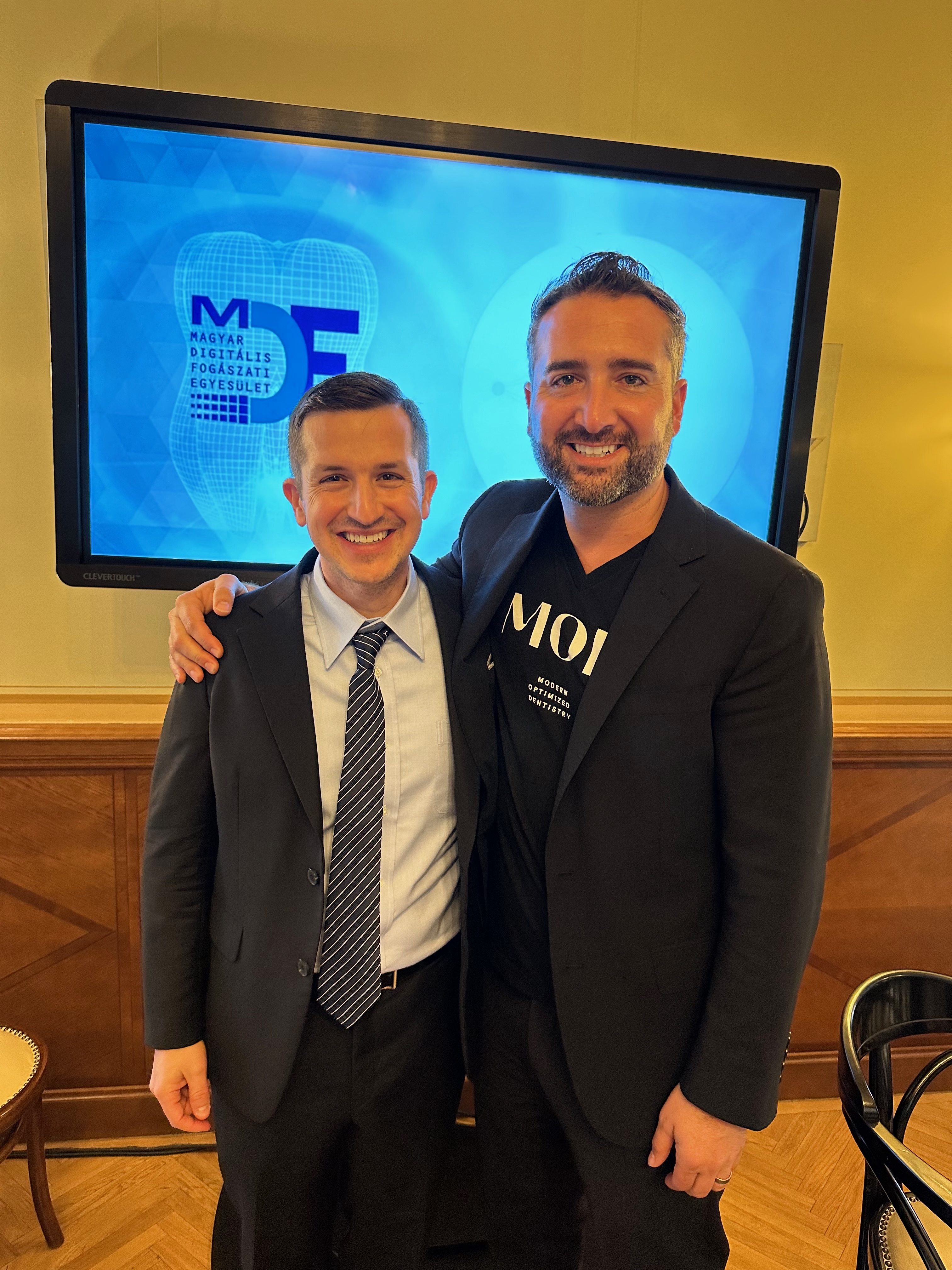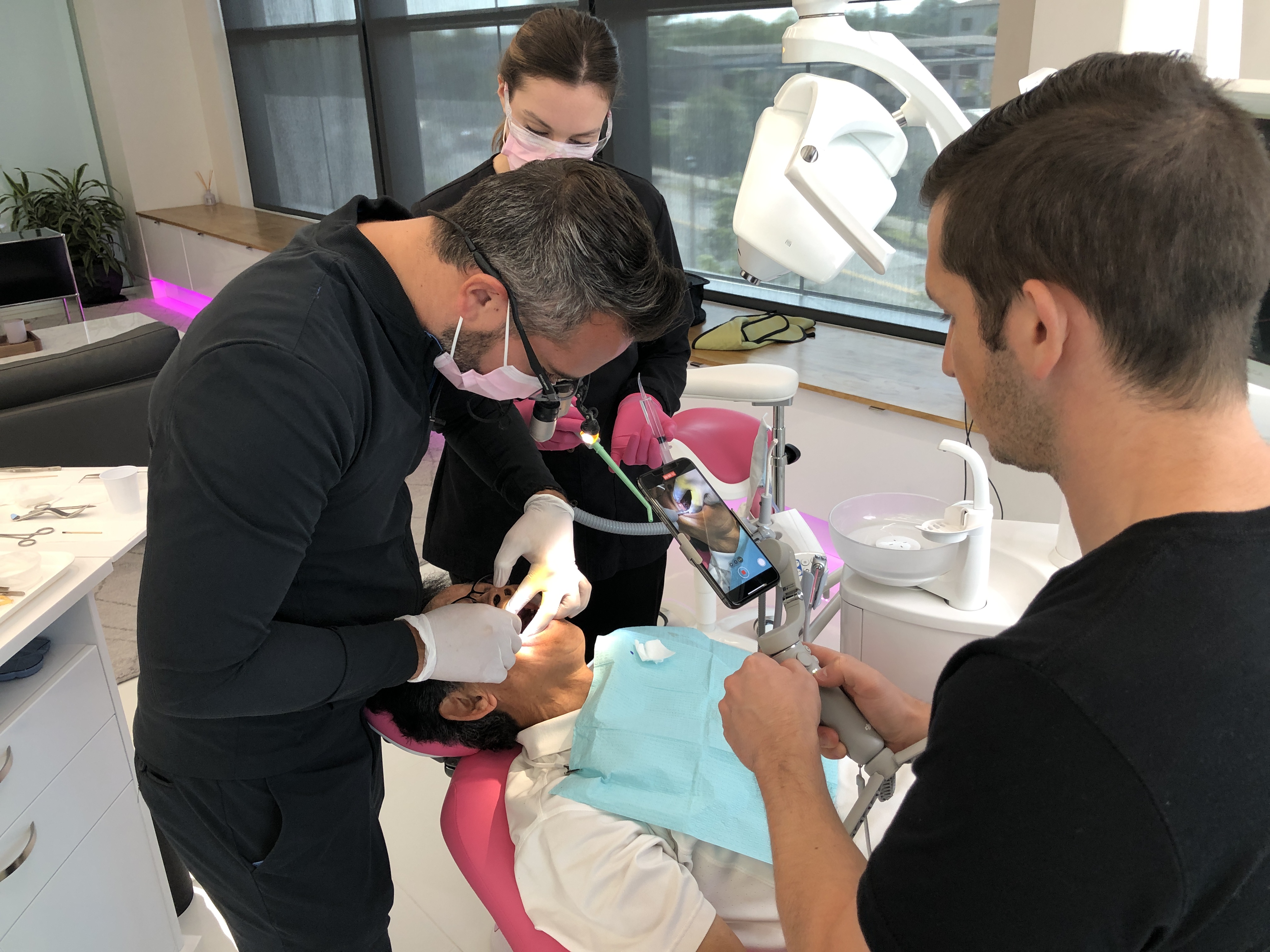
Improving patient care or even an innovative surgical design procedure can be Erasmus+! At least at Semmelweis University. This year they received an Erasmus+ Award of Excellence, for the most innovative initiatives. Their project proves that international mobility can have a huge impact not only at individual level but at sectoral level as well.
Medical students around the world
From Semmelweis University, Dr Marcel Pop, Head of International Relations shared his thoughts on the video. Dr Nóra Schreiberné Seres, Erasmus coordinator of the institution, answered our questions at our Erasmus+ Opens Doors! conference in a round-table discussion.
"This award is a motivating factor to keep on working and can be a motivator for those colleagues who have been thinking about getting involved in this type of project." Dr Marcel Pop said in response to our question. The university's award-winning project involves three partner countries (The United States, India and Brazil) and support was provided for the mobility of their six partner institutions in the field of biomedical education/research. Since at national level they are the leaders in the field, collecting good practices is a must.
International blood circulation
"Whenever Erasmus is mentioned, whenever international mobility programmes are mentioned, I always tell our students that I wish I were a student at our university to take advantage of the many opportunities that an international mobility programme offers. For me, this is Erasmus." said Dr Marcel Pop.
What to take and what to bring home? What is the most important thing to take with you on a trip like this?
Dr Nóra Schreiberné Seres highlights the passport, because it is not always evident (here we had international credit mobility, travelling to partners outside the EU), plus you need a dose of openness to get to know a new environment.
While gaining experience abroad, especially during longer mobility, you can learn a lot, for example about diseases that are less common here in Hungary, and you can bring and utilize that knowledge back home. And how do they cope with the classic Erasmus lethargy after returning home? "They ask when they can go again" said Dr Nóra Schreiberné Seres, who as institutional coordinator, is in direct contact with the students.

.jpg)
Results for the institution
Such a large-scale project has many challenges on the implementation side. "Time makes everything beautiful, so I don't remember any problems that caused big difficulties." says the institutional coordinator. But the upside is that this great experience is built into the institution's professional portfolio: curriculum development, patient care improvement in the wider community, incorporation of good practices in education, and the increased visibility of the university through publications, the promotion of networking are all tangible outcomes.
"At a partner’s restorative dentistry clinic, digital dentistry is taught. Using 3D printing and CNC cutting allows faster patient care: more patients can be treated." An international best practice brought home could have such benefits, although few of us think about it, we mainly see the 'travelling undergraduates'.
And for those who are inspired, and are new applicants to such a project, it can be a challenge to develop a project approach. "Bringing everything together and making it coherent is very important to manage the project correctly" said Dr Nóra Schreiberné Seres.
And what is the secret of success? According to Dr Marcel Pop, "Determination, perseverance and some courage. But let's not forget professionalism." he added. And, of course, partners also play an important role in the success of a project. In this case, Semmelweis University could build on already existing, well-established professional relationships.
| One immediate result of the project is the joint Ph.D. course designed in cooperation with Wheaton College. As a practical advantage of mobilities, there have been several instances of cooperation in patient-care improvement and innovative surgical design procedures, but important steps have been made in the field of dentistry as well. |
Last modified: 26-08-2024
















